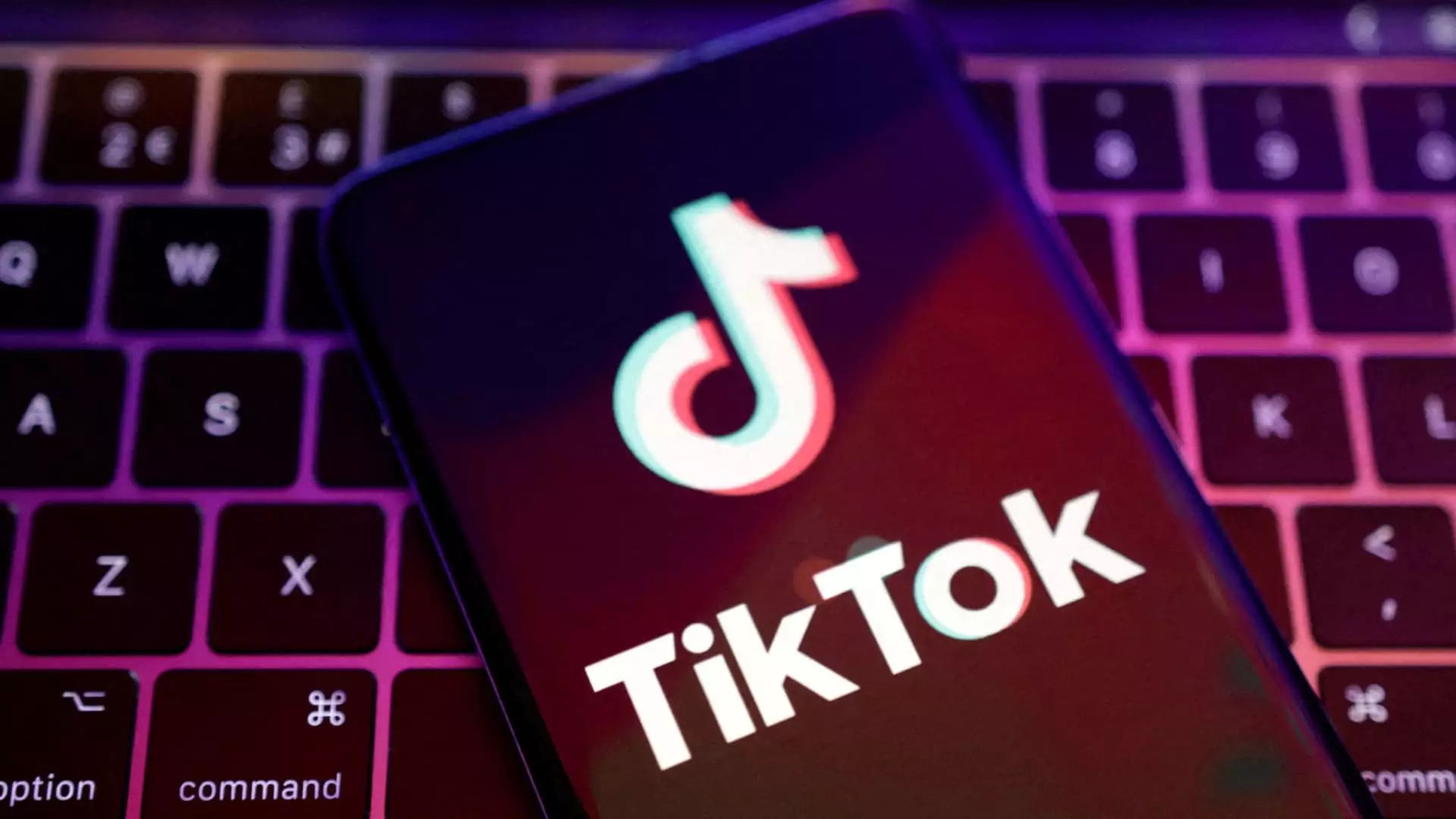In an era dominated by digital connectivity, TikTok has emerged as a cultural juggernaut, captivating millions of young users worldwide. Yet beneath its alluring interface lies a troubling reality: the platform’s design may be intentionally crafted to exploit its most vulnerable audience—children and teens. A recent court ruling in New Hampshire shines a glaring spotlight on this issue, rejecting TikTok’s efforts to dismiss allegations that it employs manipulative features aimed at fostering addictive behaviors. This legal development underscores a critical question: Should social media companies bear greater responsibility for how their design choices affect youth mental health and safety?
The lawsuit emphasizes that TikTok’s architecture is not merely a neutral conduit for content; instead, it incorporates “addictive design elements” deliberately intended to maximize user engagement. These features, according to the state’s legal claims, are engineered to keep children scrolling for hours, exposing them to relentless advertising, increasing chances of impulse purchases through TikTok Shop, and elevating the risk of behavioral harms. The court’s decision to proceed with the suit indicates a shift in how society views platform accountability—not just for what content is shared, but for how that content is presented and engineered to influence behavior.
The Ethical Dilemma of Design and Commerce
The heart of the controversy lies in the intersection of ethical design and commercial interests. TikTok, like many of its peers, employs sophisticated algorithms designed to capture user attention. While engagement-driven features are standard in the digital economy, the line blurs when these features target impressionable children with manipulative tactics. The platform’s push to extend screen time directly correlates with increased advertising exposure, which benefits the platform monetarily, creating a moral quandary: Is prioritizing profit justifiable when it compromises the well-being of young users?
TikTok’s defense—that it offers safety tools, parental controls, and community guidelines—fails to acknowledge systemic flaws. These measures, often just optional add-ons rather than core safeguards, do little to curb the underlying addictive architecture. Moreover, recent lawsuits and investigations reveal a pattern across tech giants, suggesting that the industry as a whole has prioritized growth over safety, especially for children. The narrative that these platforms are independent from the design choices that sustain their business models is increasingly unsustainable.
The Broader Regulatory and Social Implications
This legal confrontation with TikTok is symptomatic of a broader failure of regulatory frameworks to keep pace with rapid technological advancements. While Congress has attempted—unsuccessfully—to introduce legislation like the Kids Online Safety Act, meaningful regulation remains elusive. The industry’s resistance, coupled with political inertia, prolongs the window for unchecked manipulation, leaving children vulnerable.
The legal scrutiny of TikTok’s design features marks a pivotal moment, reflecting a societal demand for greater accountability. It signals that the era of unquestioned tech dominance must end. Platforms cannot dismiss claims of harm as “cherry-picked” or outdated; instead, they must acknowledge the pervasive influence of their design choices. The court’s stance suggests a future where technology companies may be compelled to prioritize child safety over mere engagement metrics.
The Uncertain Future of TikTok in the U.S.
Amid these legal and ethical battles, TikTok’s landscape in the U.S. remains uncertain. Legislative efforts, like the move to ban or sell TikTok’s U.S. operations, highlight governmental concerns over data security, national interests, and ethical responsibilities. The repeated extensions granted to ByteDance reflect a tug-of-war between economic interests and regulatory caution.
The development of a separate U.S.-centric version of TikTok, with distinct algorithms and data systems, indicates a strategic attempt by the company to adapt to mounting pressures. However, whether these structural adjustments can address the deeper issues of manipulation and addiction remains doubtful. What is clear is that the platform’s future now hinges on whether it can reconcile commercial success with genuine protection for its youngest users or if it will continue down a path of superficial safety measures that ultimately fail to prevent harm.
In this evolving landscape, the role of policymakers, industry leaders, and society at large becomes pivotal. The battle is no longer just about content regulation but about fundamentally reevaluating the ethical boundaries of digital engagement—especially when children’s mental health is at stake. The court ruling is a wake-up call: the age of unquestioned platform power is ending, giving way to an era where accountability, transparency, and safeguarding must take precedence over profits and engagement metrics.


Leave a Reply